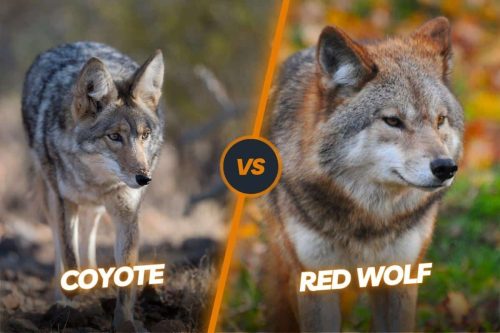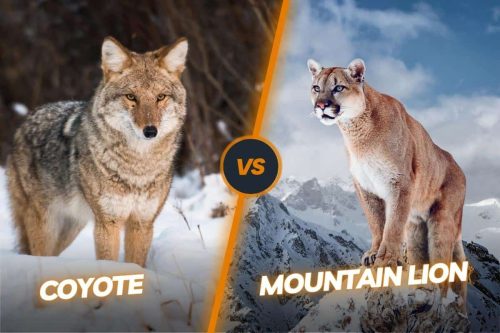Coyotes In California: Facts About Coyotes In The CA State
Coyotes belong to the dog family and are native wild animals of California. It shows a lot of resemblance with German shepherd dogs but it comes with a long snout and bushy tail. The presence of coyotes in California could be traced back to thousands of years ago. Initially, these wild dogs were named “song dogs”. However, the scientific name of these wild dogs is Canis Latrans, or barking dogs.
If you are living in California, it is very common to see coyotes in the surroundings and you can occasionally hear the sound of coyotes yapping even from a distance in the nighttime. Coyotes in California have grown to such an abundance that they have become an integral part of the state ecosystem. Till now, they are not considered any potential threat to human safety and usually avoid human beings if they come across them. Nevertheless, they like to prey on small pet animals, and livestock. In this article, we are going to discuss in detail the presence of coyotes in California and let you know every single fact about them.

Contents
Are there coyotes in California?
Yes, there are coyotes in California. Coyotes are native wild animals of the state of California. California provides a range of suitable habitats for coyotes, and they are present in both rural and urban environments. They are known to inhabit all regions of the state, from the northern areas down to Southern California. Coyotes have successfully adapted to human-altered landscapes and are often encountered in open spaces, parks, and even near agricultural areas. Being opportunistic omnivores, they have a varied diet that includes small mammals, birds, reptiles, insects, fruits, and carrion. In urban settings, they may also scavenge for food in garbage cans or prey on small pets that are left unattended.

Coyotes in Northern California
Coyotes are quite easy to find in the Northern side of California. Being highly adaptable animals, they easily can thrive in a variety of habitats, including urban areas, agricultural lands, and natural environments. In the Northern side of California, you can find coyotes in both rural and urban areas but it is more common to spot them in rural and suburban areas having access to open spaces, such as forests, grasslands, and agricultural fields.
However, they are also very well adaptable to urban environments and can be seen in parks, green spaces, and even residential neighborhoods. In urban areas, they may scavenge for food from garbage cans or prey on small pets, which is why pet owners need to take precautions to protect their animals.
Also read: Coyotes in New York
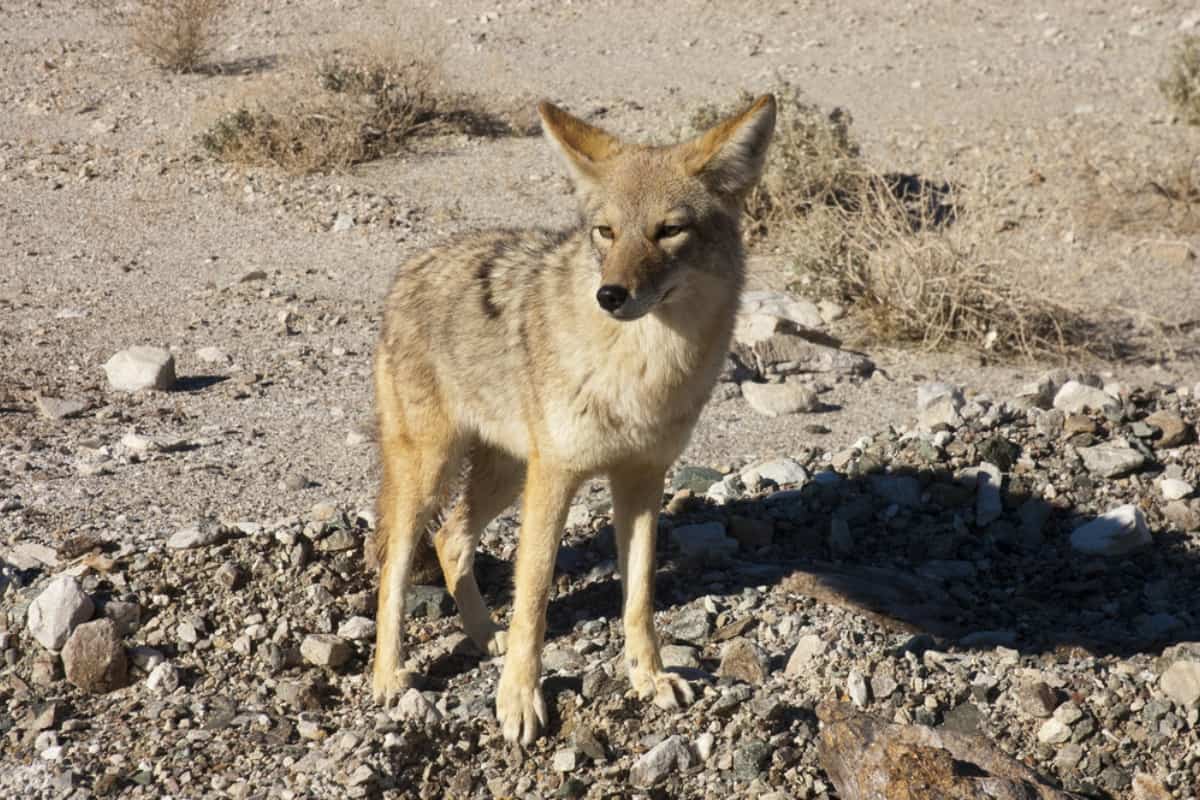
It’s worth mentioning that despite being very common in the state, they generally pose little threat to humans. They are generally wary of people and will typically avoid direct contact. However, it’s important to remember that coyotes are wild animals, and it’s best to keep a safe distance and not attempt to approach or feed them.
In Northern California, the population of the northern California coyotes had been rising very rapidly until people started killing them en masse. The population of coyotes was going to be extinct in the mid of 20th century. But it started increasing again from the start of the 21st century and now the population of coyotes in California is very stable throughout the state.
The growth in their population mainly happened due to the removal of their predators like Mountain lions and wolves from the Northern side of the state. The major population of coyotes lies in the cities like San Jose and San Francisco. Despite the loss of natural habitat of the state, the population is growing as they have adjusted themselves very well in the urban areas. However, in the Northern part of the state, they don’t exist in very large numbers due to tough mountainous regions.
Coyotes in Southern California

Coyotes are also very much common in Southern California. Same to their presence in Northern California, coyotes are adaptable and can thrive in various habitats throughout Southern California, including urban, suburban, and rural areas. In Southern California, coyotes can be found in a range of environments, such as chaparral, grasslands, deserts, and even densely populated neighborhoods. Most importantly, they have also proven to be highly resilient and can successfully navigate and coexist with human-altered landscapes.
In southern California, coyotes have a diverse diet that includes small mammals, birds, reptiles, insects, fruits, and carrion. In urban and suburban areas, they may scavenge for food in garbage cans, feed on fallen fruits, or occasionally prey on small pets. It’s important to note that coyotes generally prefer to avoid direct interactions with humans. However, the coyotes can become habituated to human presence, especially if they are regularly fed or find easily accessible food sources.
The major population of the coyote in southern California lies in Los Angeles state. This side of the state is full of deserts and coyotes prefer to live in open spaces rather than covered areas. That’s why the open deserts of California are the perfect place to live. There are also a lot of farmlands in the Southern side of California that could provide coyotes with good sources of food in the form of pets and livestock.
It has also become very common to spot coyotes in the cities like Los Angeles where they rely on pet food, trash items, and small mammals. In the cities, they like to live in open parks and cemeteries. They also wander around in the heart of the city where they also occasionally hit with traffic vehicles.
As compared to their presence in the northern side of the state, they have become more problematic in the Southern side of the state. People are also advocating for the hunting and trapping of these animals in the state on a very large scale. It is commonly perceived that southern California coyotes are occasionally attacking pets, human beings, and defenseless children in the state.
Coyote hunting in California

Hunting coyotes in California is legal, but you need to follow certain regulations and restrictions. In this regard, the California Department of Fish and Wildlife (CDFW) plays a very active role in regulating hunting activities in the state and provides guidelines for hunting coyotes and other game species. Let’s have a look at some critical points regarding the hunting of coyotes in California.
- You must have a valid hunting license issued by the CDFW for residents and non-residents of the state.
- Coyotes are non-game mammals in California. It means that they can be hunted year-round without specific seasons or bag limits.
- Coyote hunting in California allows the use of firearms, archery equipment, and other legal methods such as trapping and calling.
- Hunting of the coyote is permitted on both private and public lands, but certain areas, such as national parks, wildlife preserves, and specific hunting zones, may have additional restrictions or you need to have some special permits.
- Coyotes can be hunted throughout the state, but it is also important to be aware of potential safety concerns and local regulations.
- It is also recommended to consult the California Department of Fish and Wildlife for the most up-to-date and accurate information on coyote hunting regulations in the state.
How does California handle problem coyotes?

California handles the problem of coyotes with a combination of management strategies aimed at reducing the conflict between coyotes and humans as much as possible. The main focus is on non-lethal measures to mitigate issues and minimize potential conflict. However, lethal control methods may be employed when necessary. Let’s have a look at some common approaches used by California to handle its coyote problem.
For instance, Education and Public Outreach to promote coexistence and educate the public about coyote behavior, Hazing Techniques using various non-lethal methods to deter coyotes and reinforce natural fear of human beings by making loud noises, shouting, whistling, or employing deterrent tools to discourage coyotes from approaching residential areas, modifying the environment to reduce attractants and access to food sources, and some lethal control measures may be employed as a last resort.
Frequently asked questions
Conclusion
Coyotes are a fascinating and adaptable species that have successfully made California their home. You can easily find their traces throughout the state, from Northern California to Southern California. Coyotes in California are thriving very well in diverse habitats, including rural, suburban, and even urban environments. Coyotes are not protected animals in California and their management involves a balanced approach that prioritizes coexistence and public safety. It is essential to remember that coyotes play a crucial role in ecosystems as predators and scavengers.
As we continue to share our landscapes with coyotes in California, responsible management practices, community involvement, and a better understanding of these remarkable animals will contribute to a future where humans and coyotes can peacefully coexist in the Golden State.

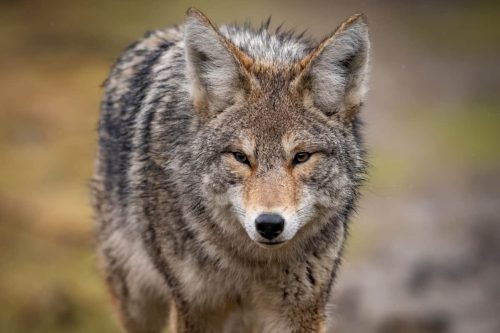
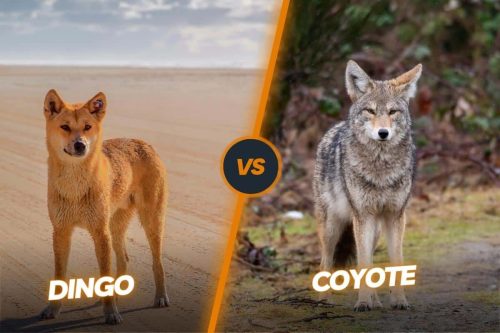
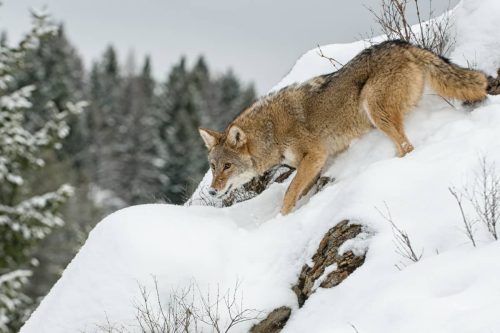
![Are Coyotes Endangered? [Populations & Conservation Efforts]](https://wildlyanimals.com/wp-content/uploads/2023/08/are-coyotes-endangered-species-500x333.jpg)
